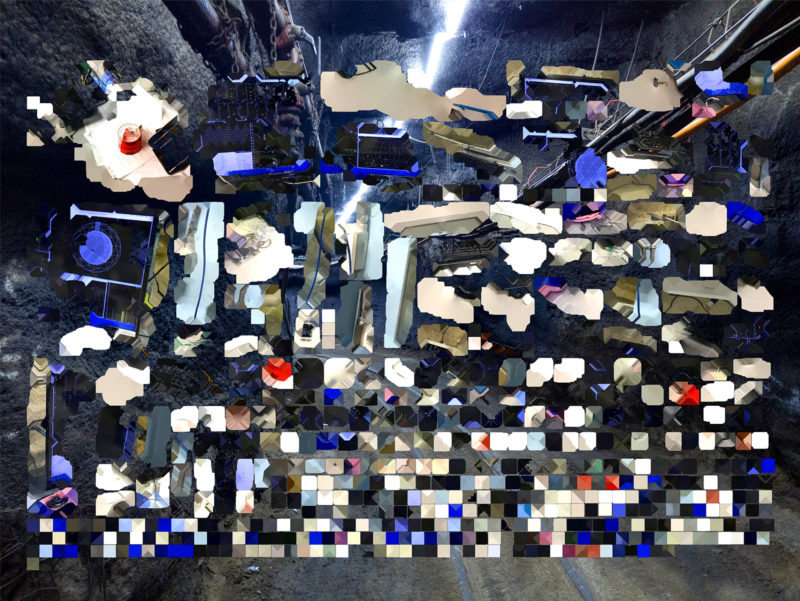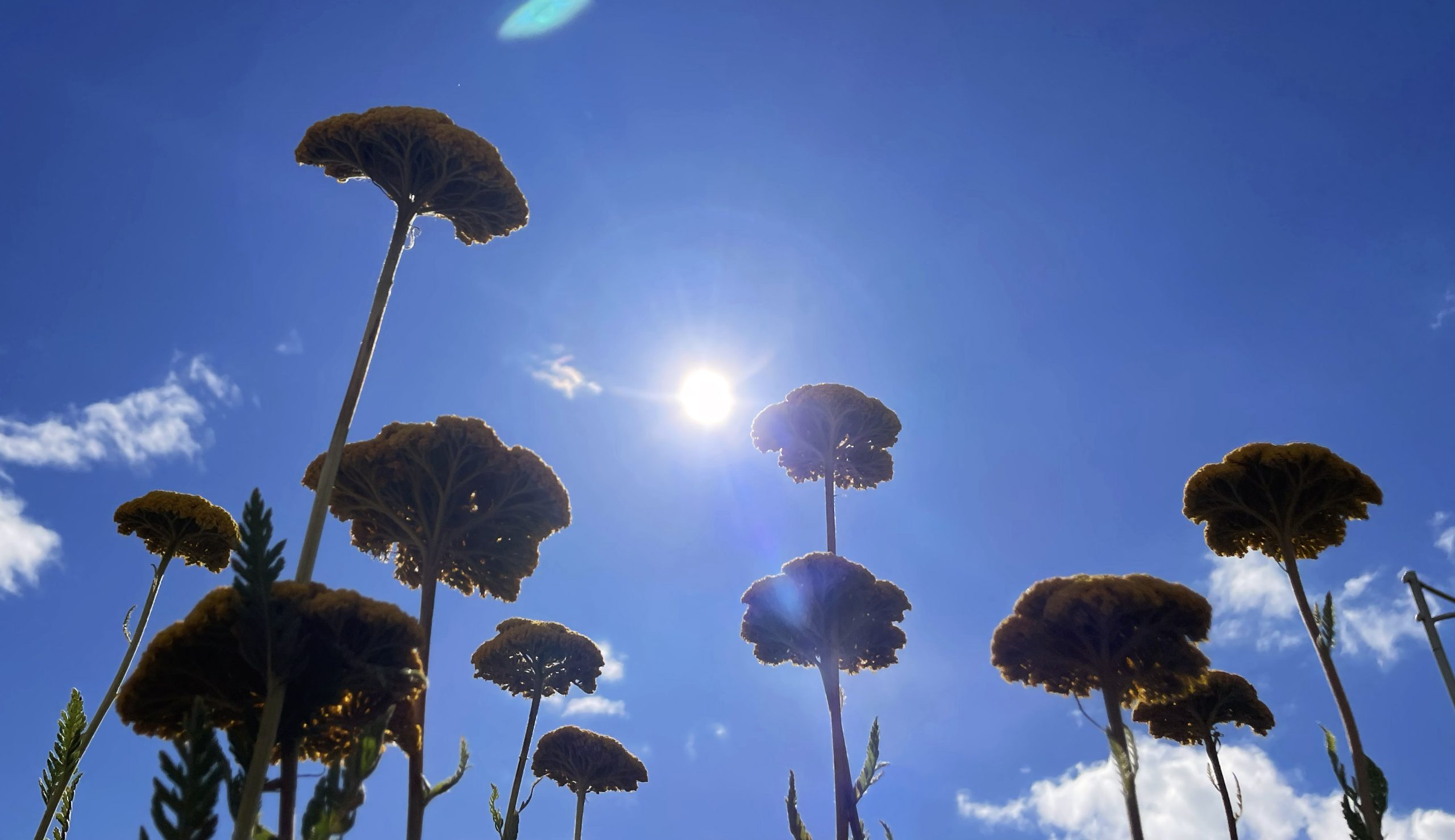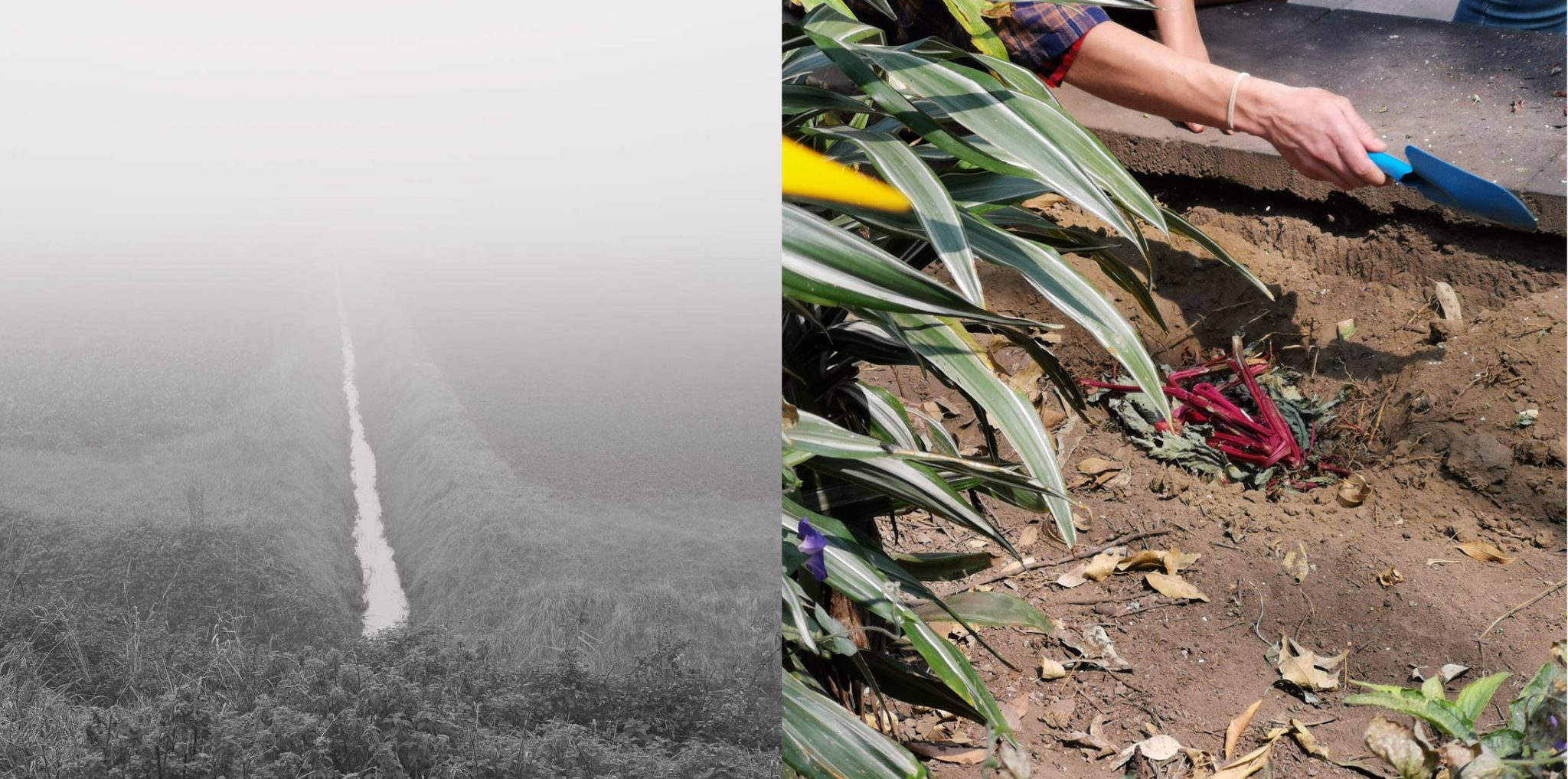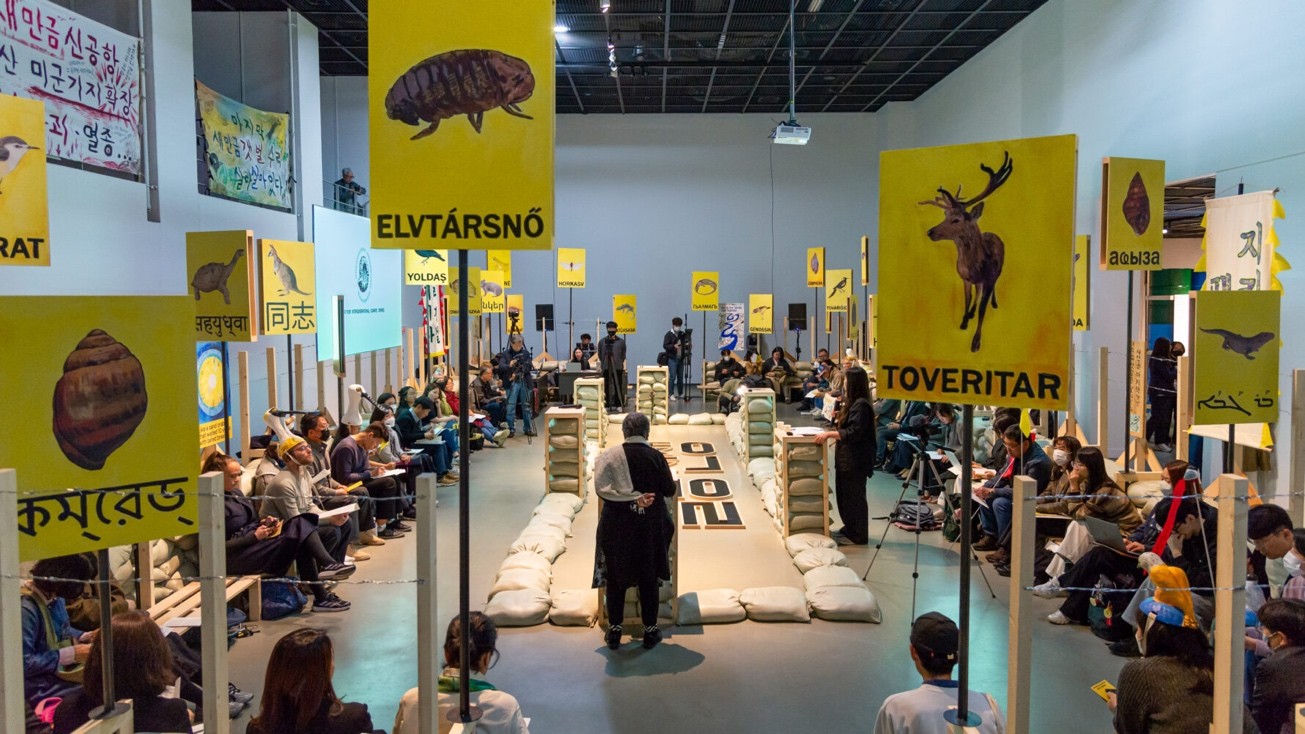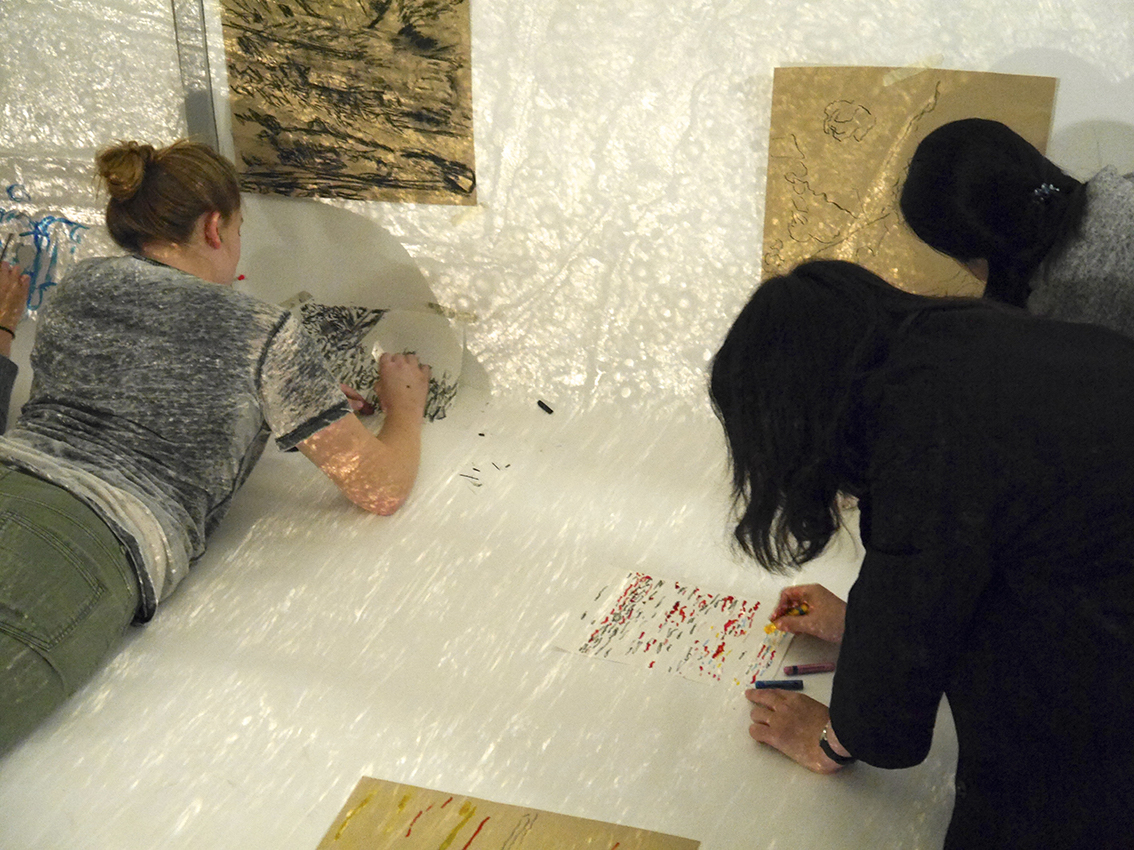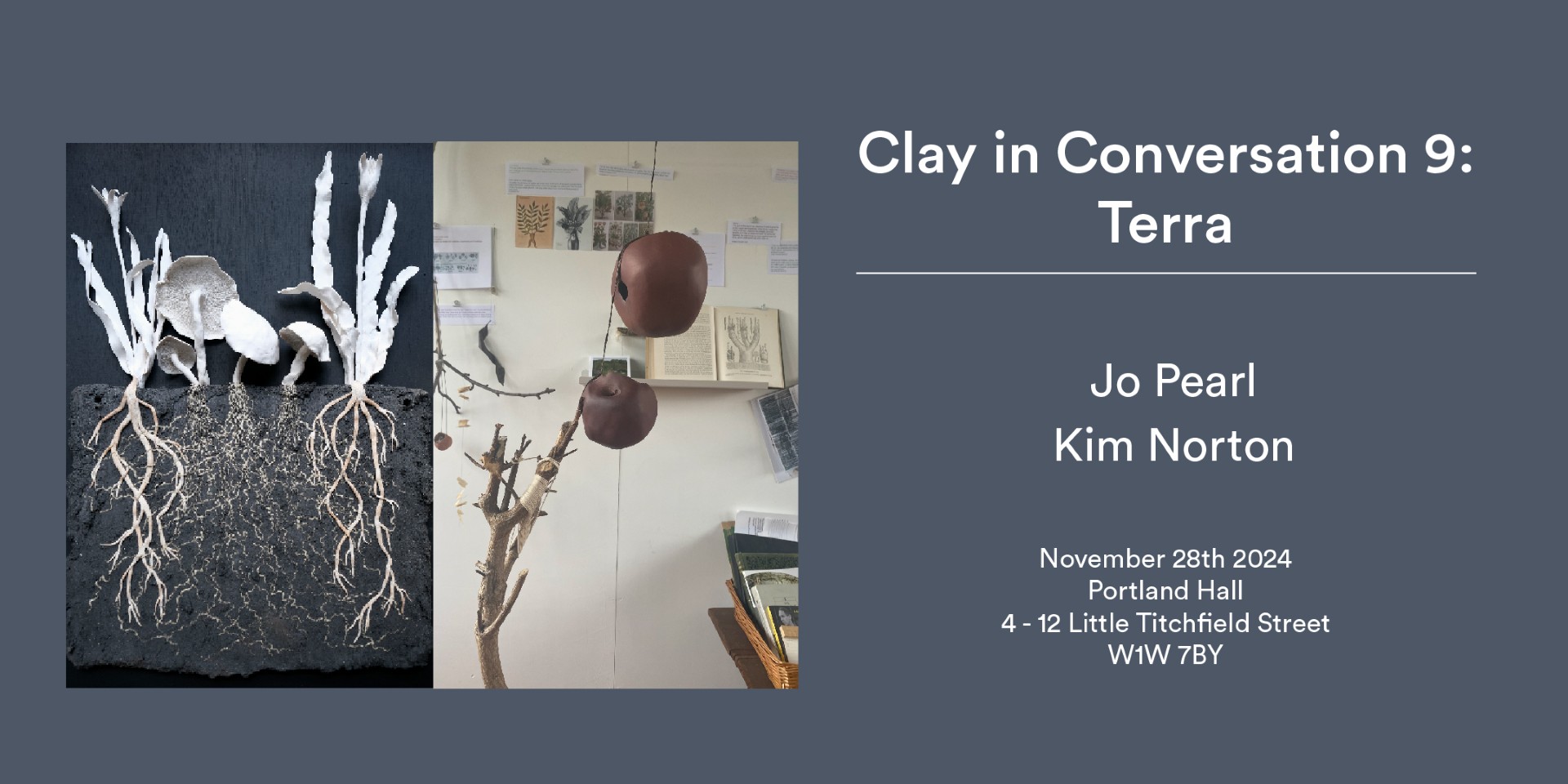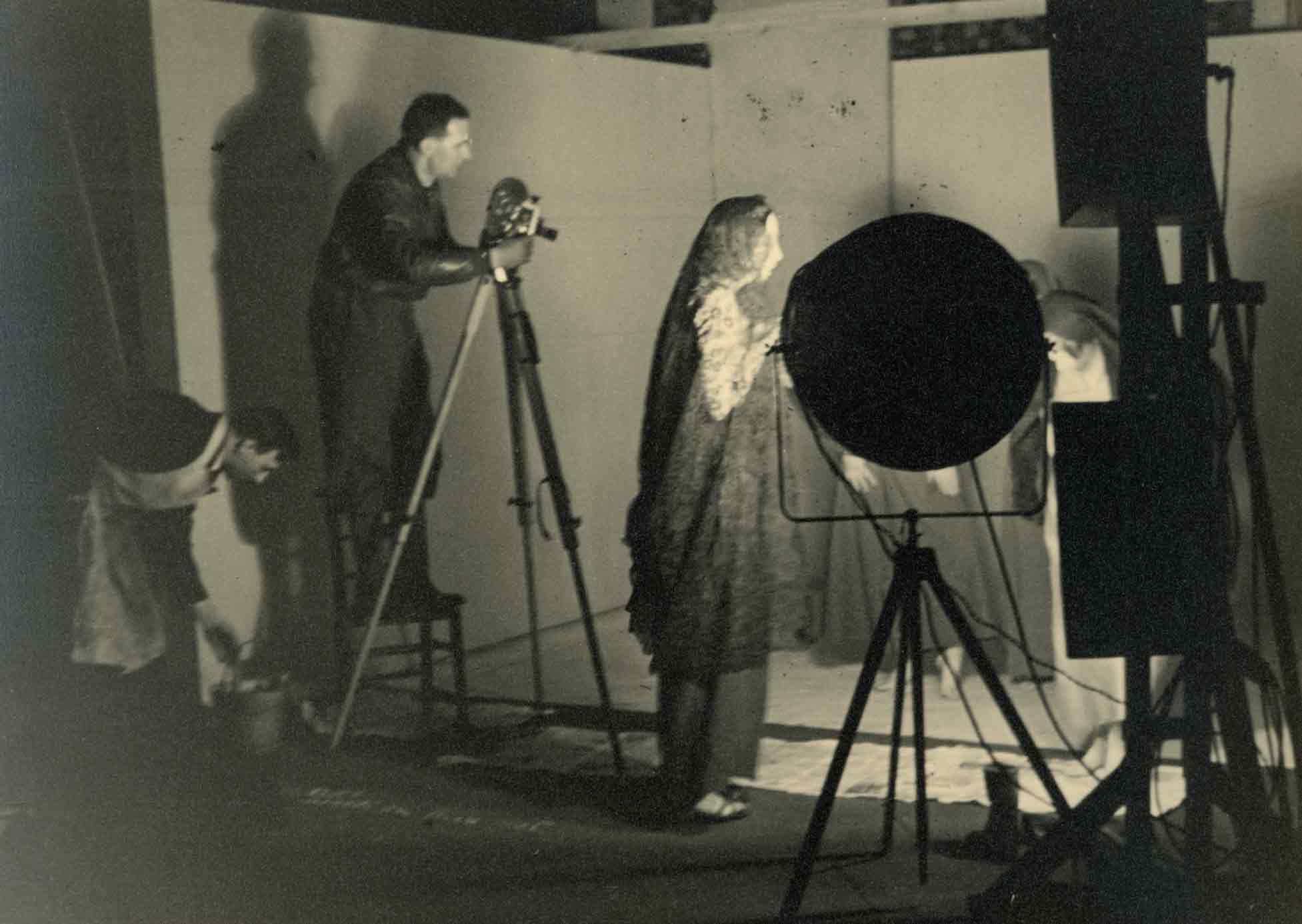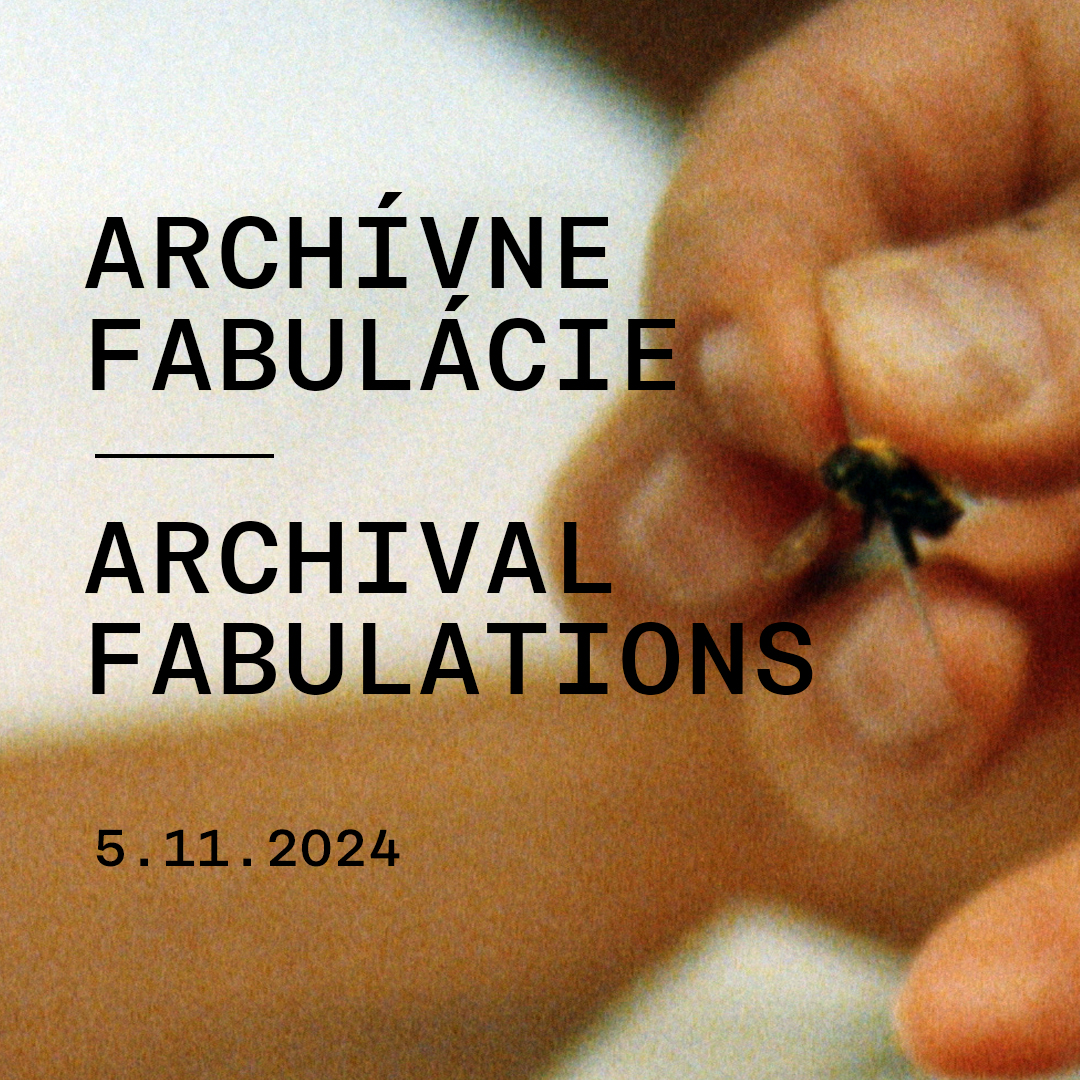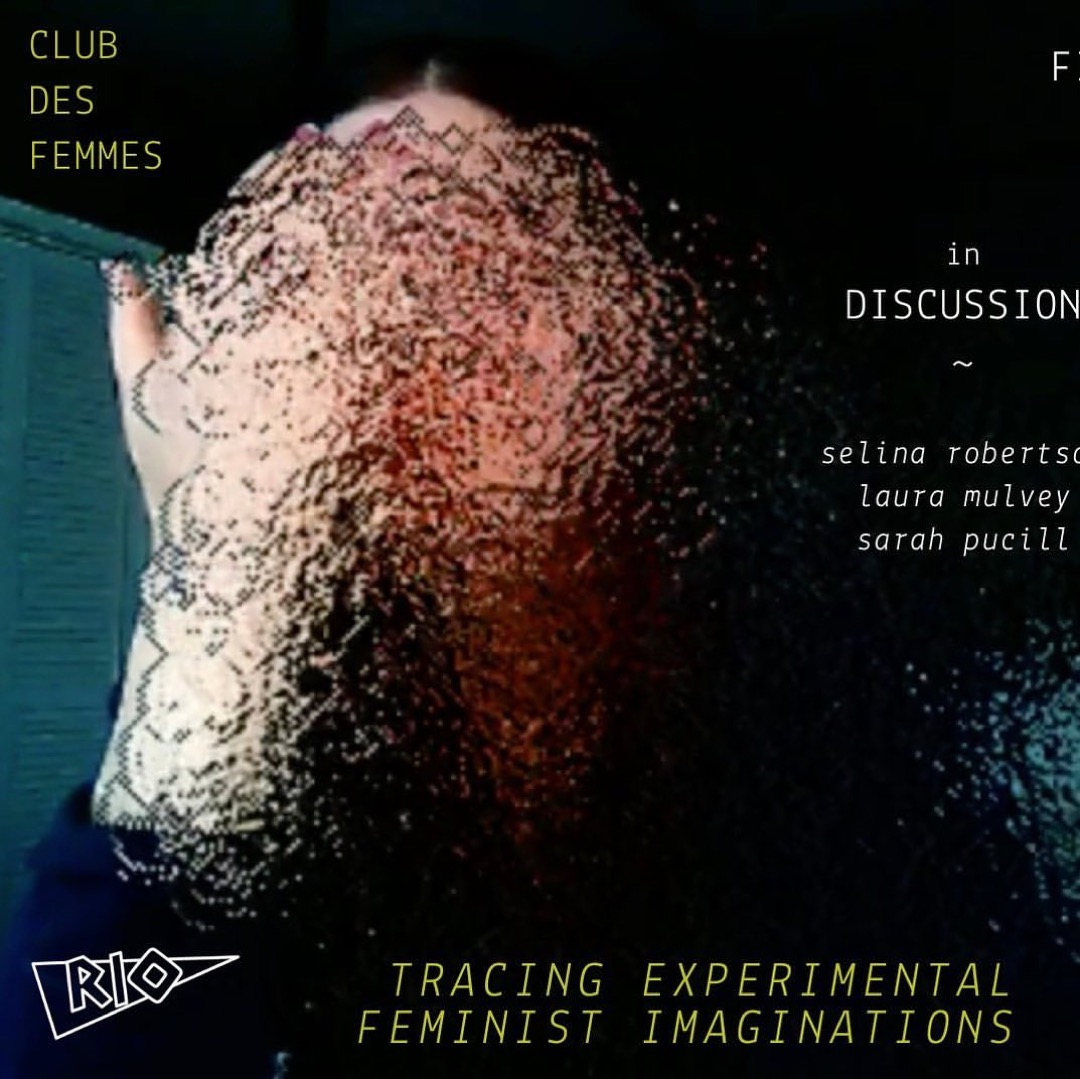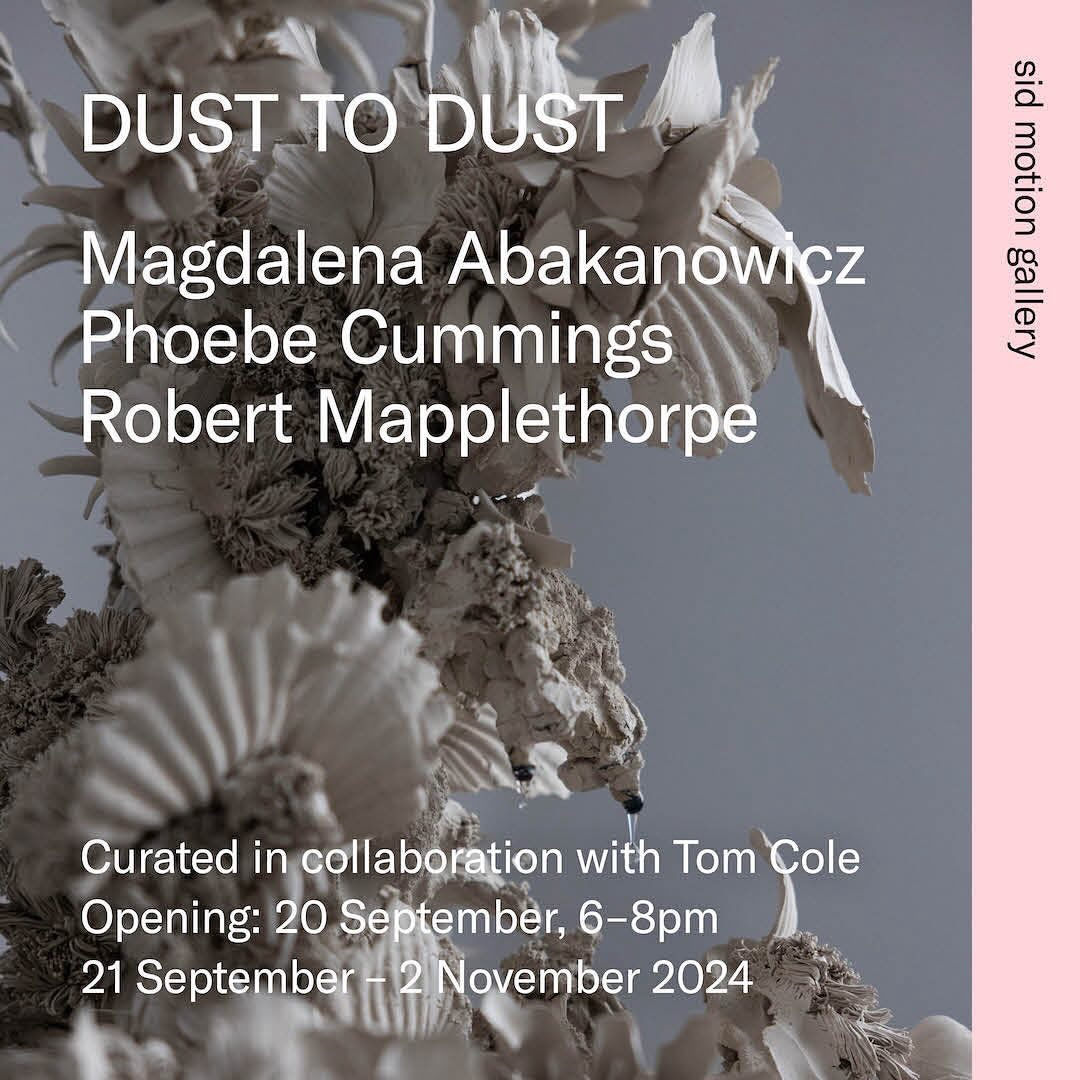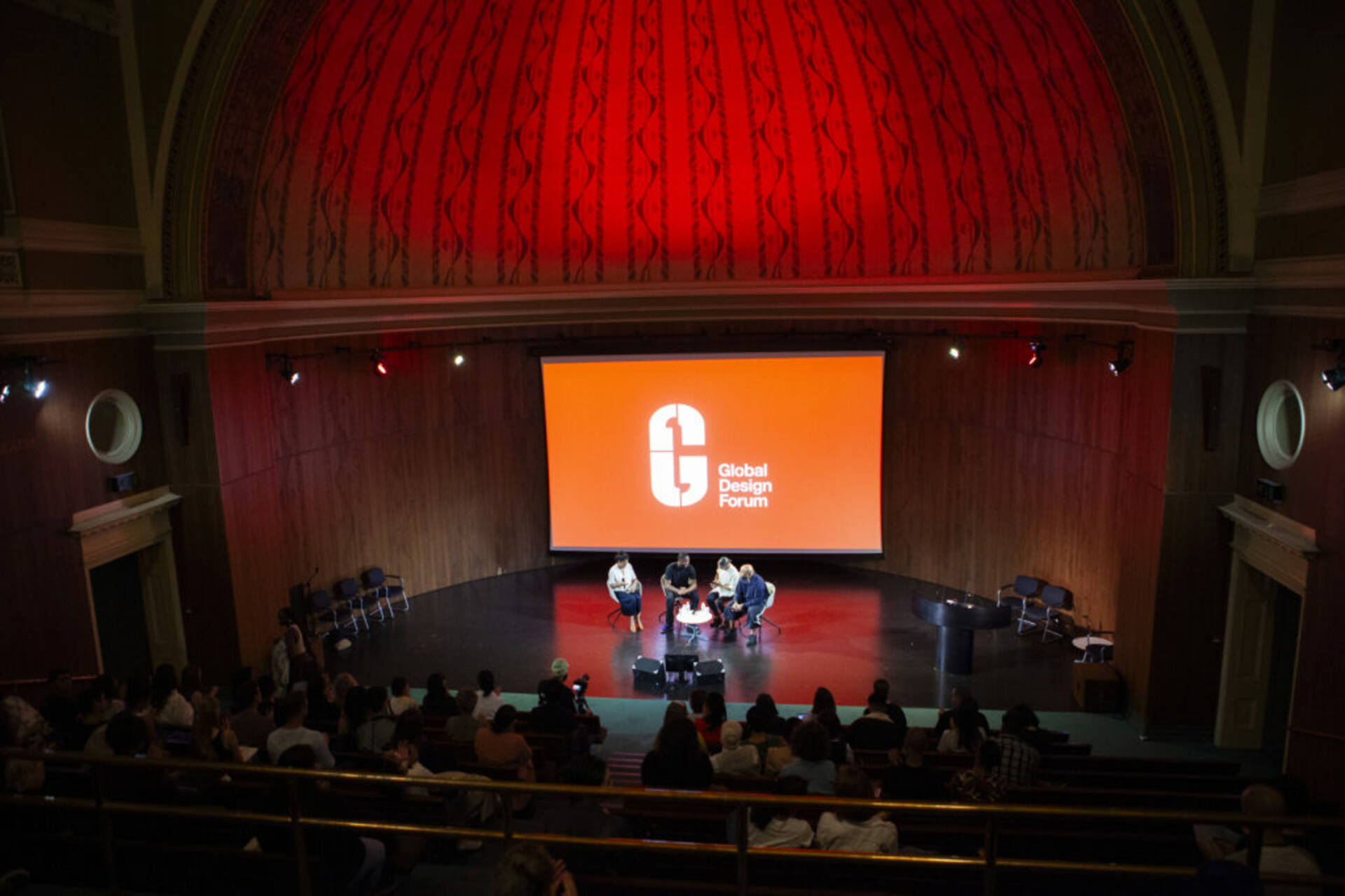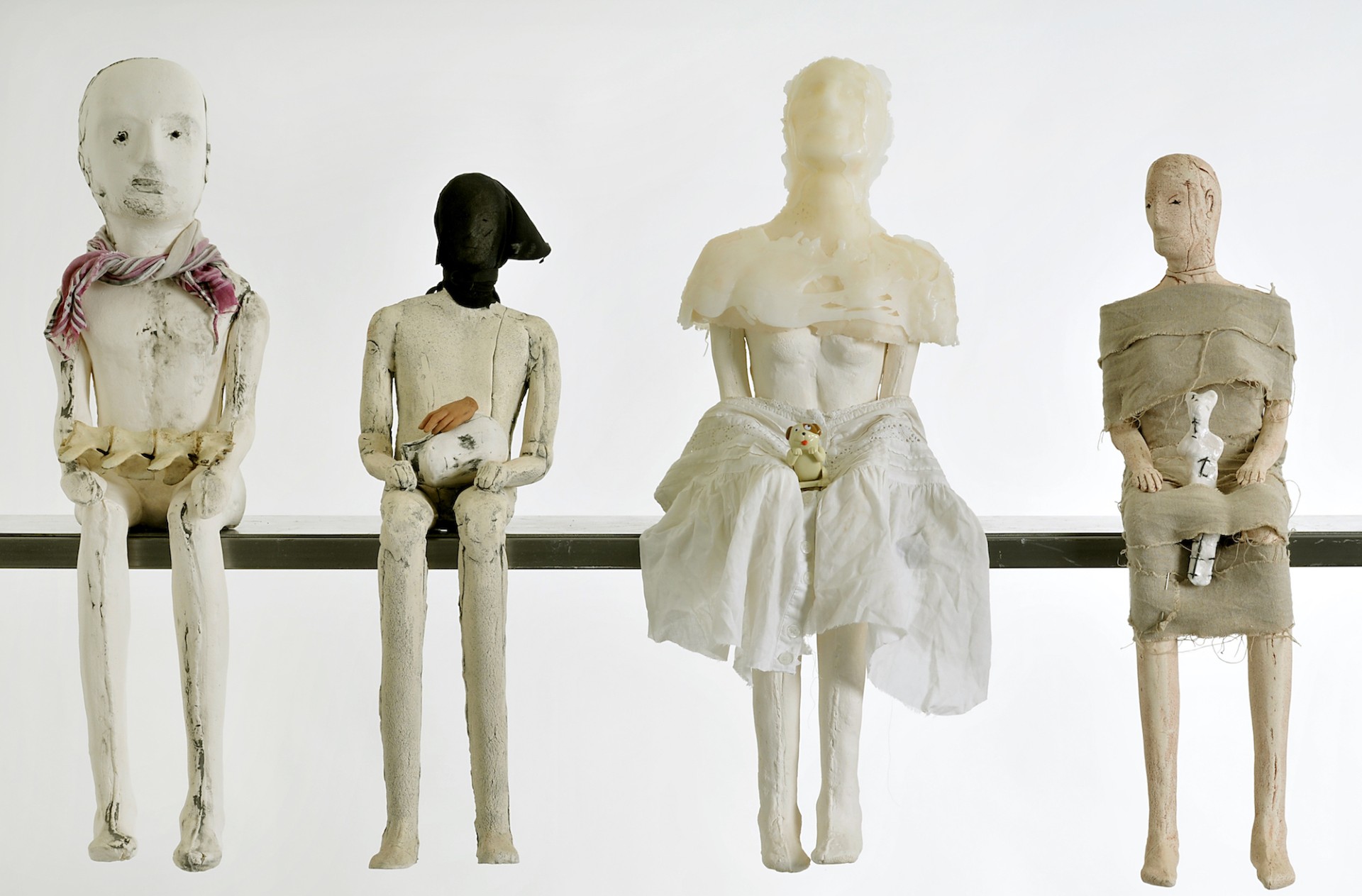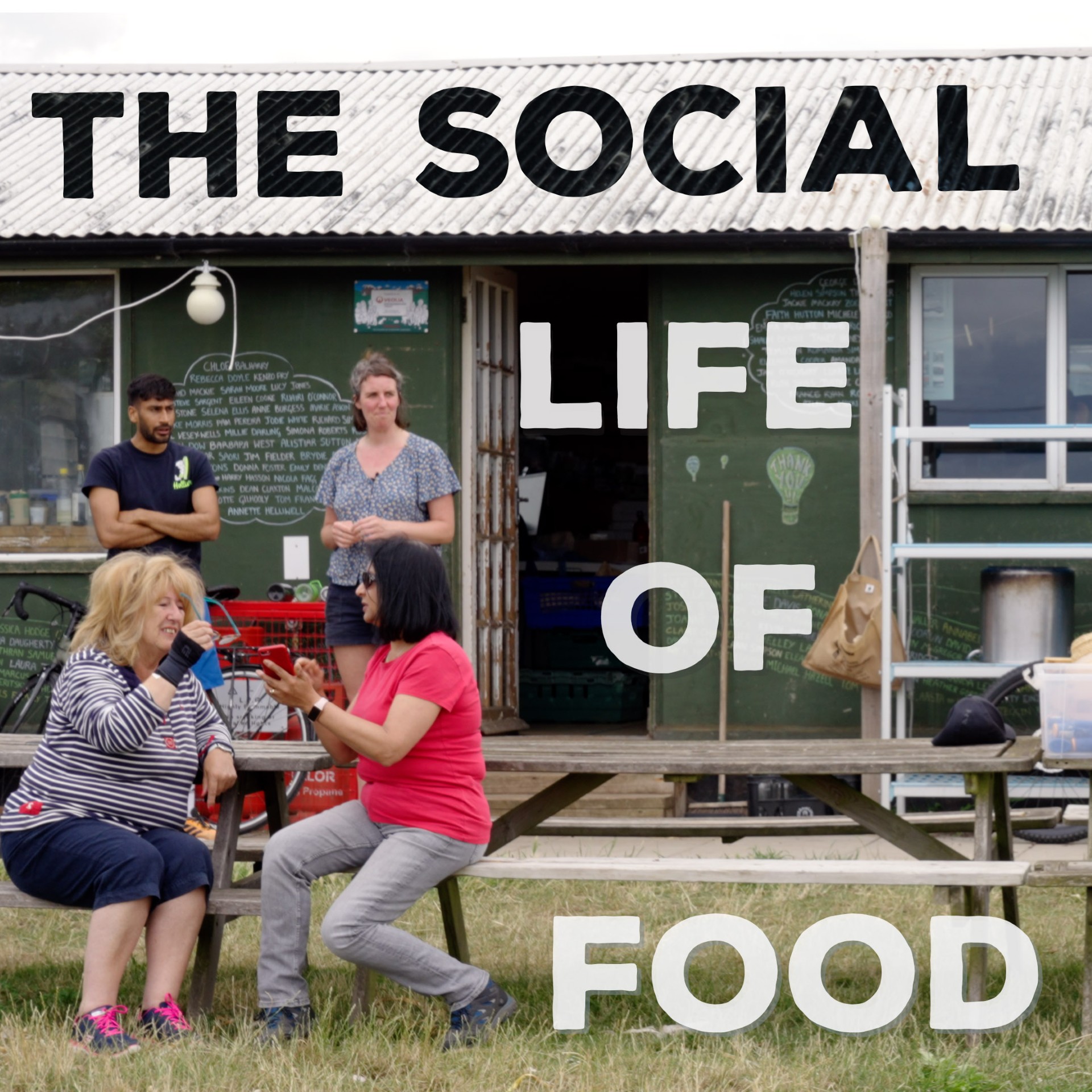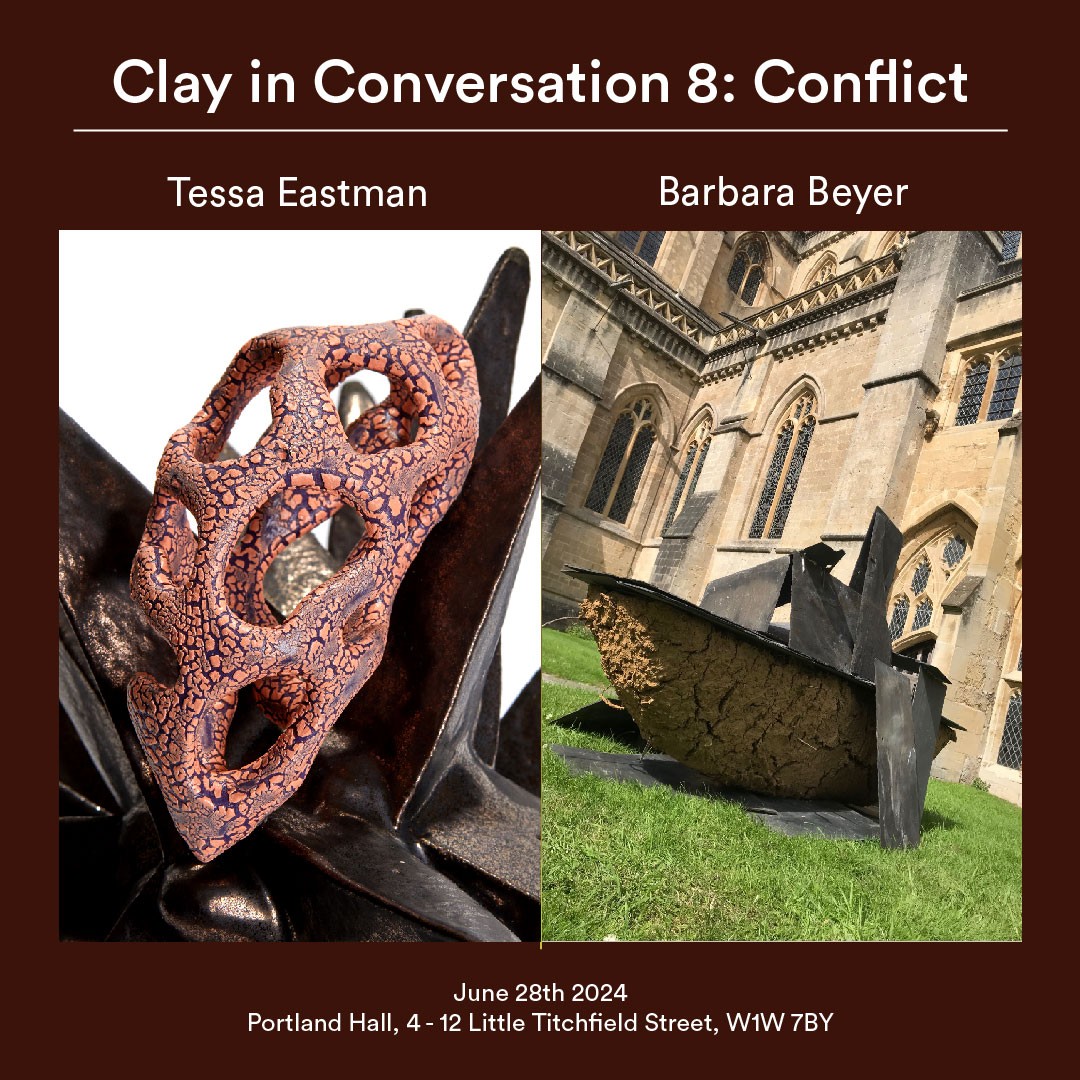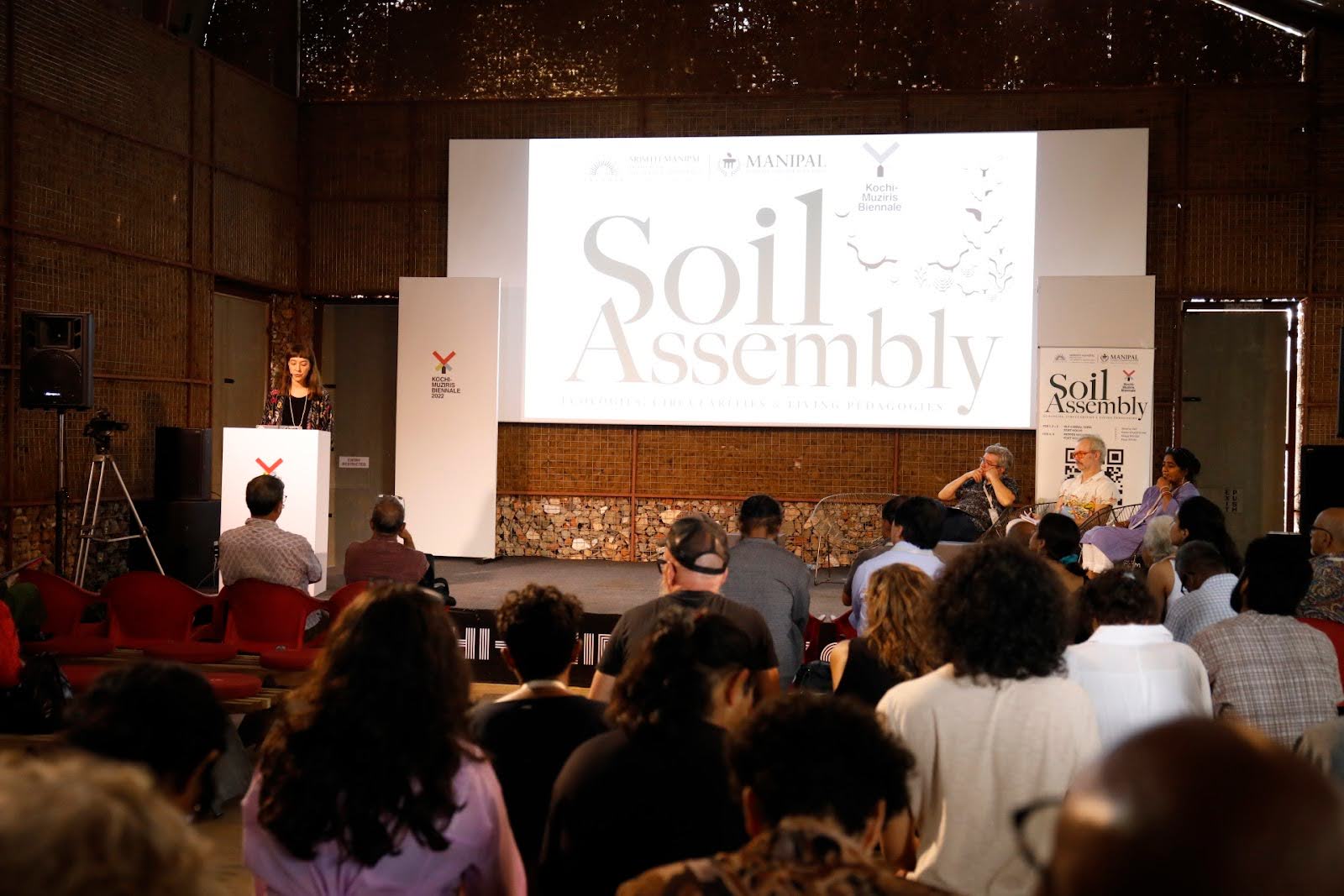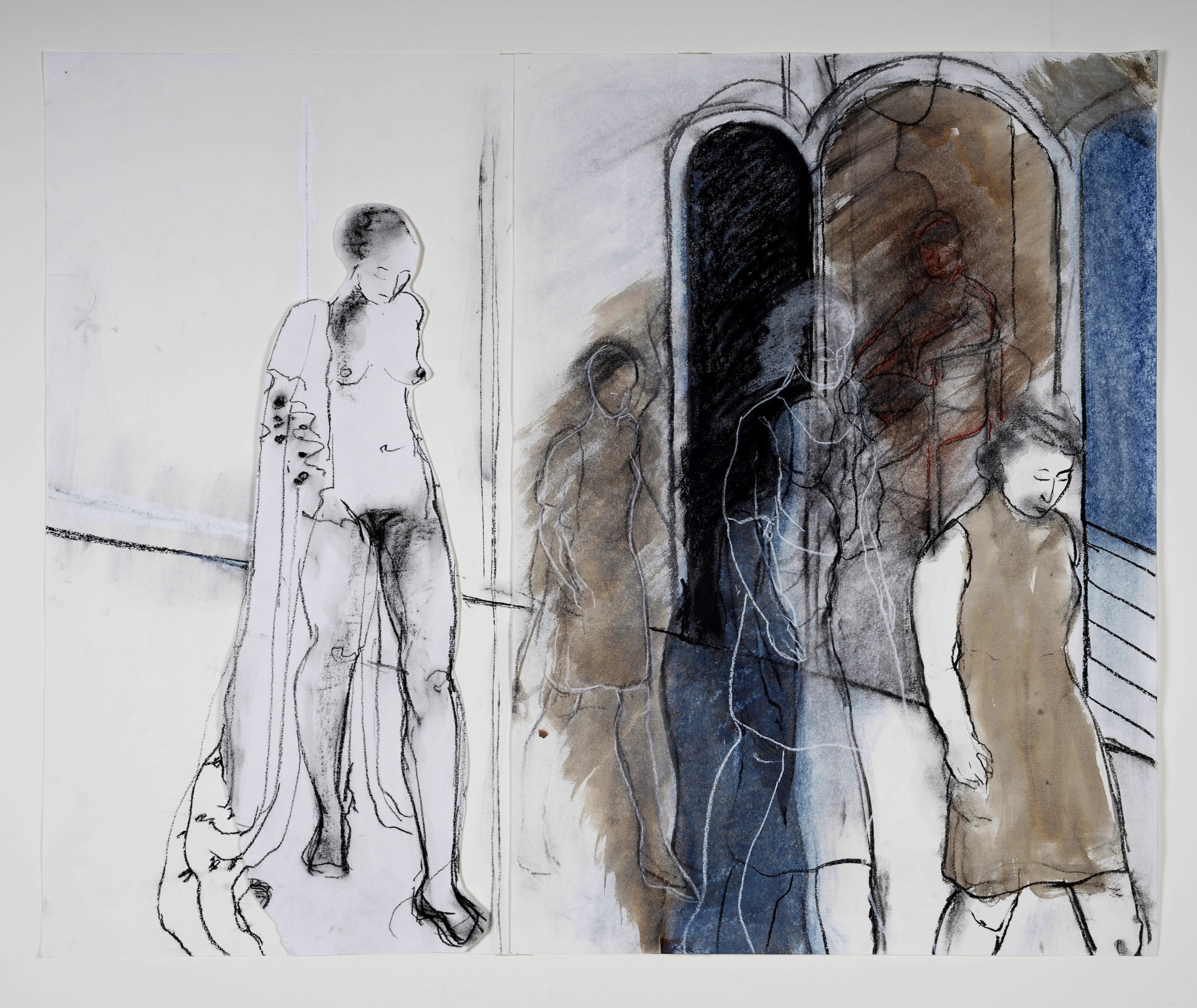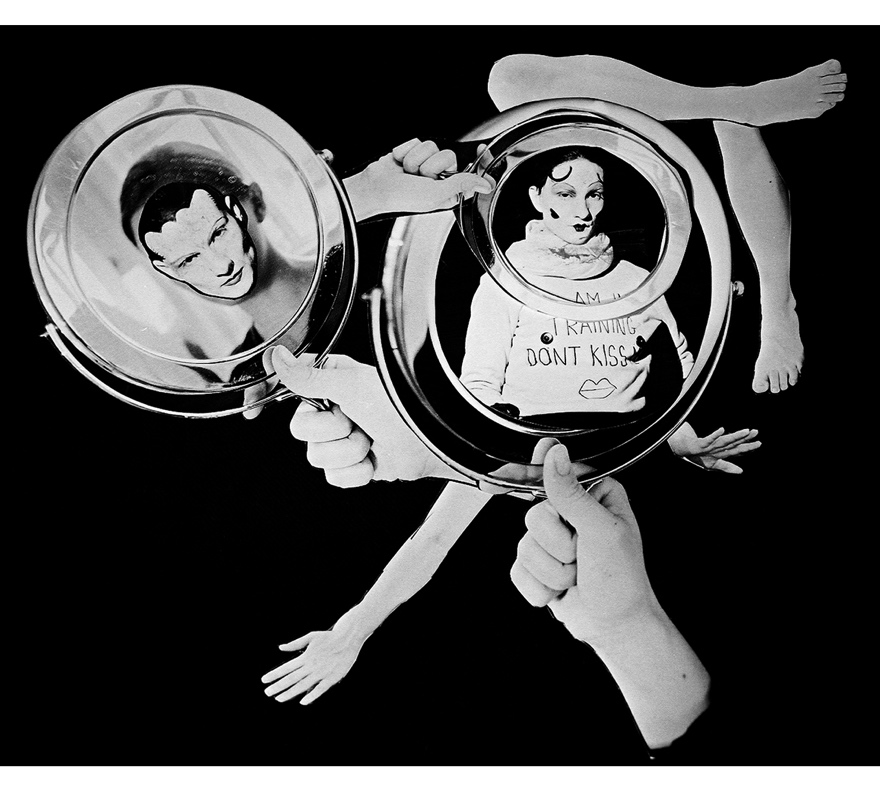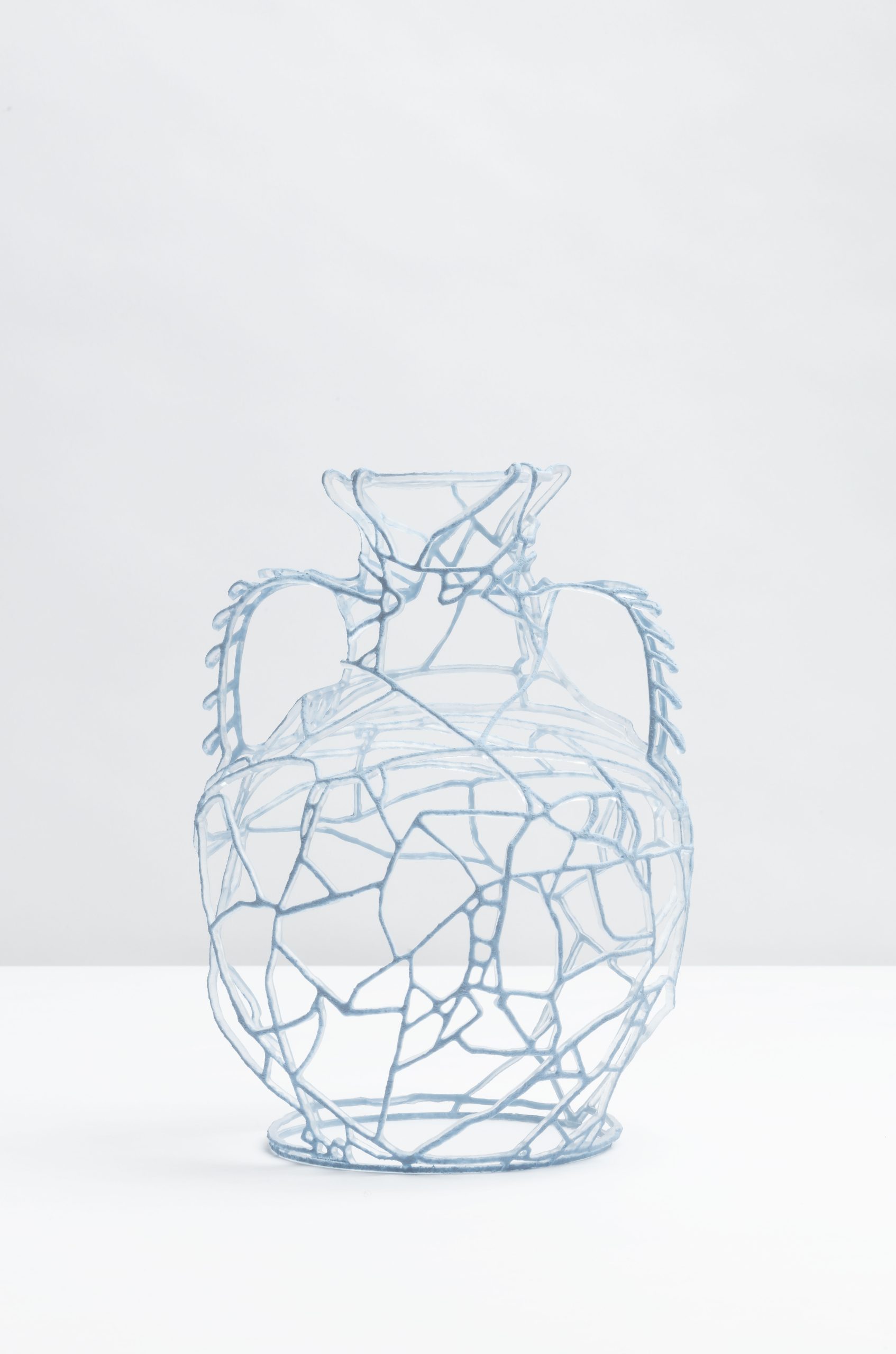Drift: Art and Dark Matter is an artist residency and exhibition project developed with the Arthur B. McDonald Canadian Astroparticle Physics Research Institute and the 2015 Nobel prize winning SNOLAB. For this project CREAM PhD candidate Jol Thoms along with artists Nadia Lichtig, Josèfa Ntjam, and Anne Riley have been invited to make new work while engaging with scientists, theorists and engineers contributing to the search for dark matter at the McDonald Institute and at SNOLAB’s underground facility in Sudbury, located two kilometers below the Earth’s surface.
Jol Thoms’ installation project, ‘n-Land: the holographic (principle)’ [2021] is an extension of his thesis ‘Diffracting Cosmological Infrastructures’ that analyses and situates physics methods, assemblages, sites and practices in environmental, eco-social and historical contexts. The new project of Thoms, which can be experienced in an online exhibition, includes a new 17 minute video essay, a series of new sculpture, and digital & archival prints.
Thoms borrows the imagery, materials and strategies of physics, composing them in an art context to probe (eco)logical ethics of our time. For example, borrowing a strategy from theoretical physicists, he manipulates higher dimensions throughout his installation, made explicit in his metal “polytope” sculptures titled ‘The Bulk: Frameworks’. The provocative flattening and layering of complex dimensional objects continues in his ‘Isomorphis’ prints, in which he layers flattened 3D scans of SNOLAB experiments to expose gaps and hidden strata within scientific classification methodologies. Thoms’s installation suggests a multi-dimensional view of the SNOLAB site which he refers to as “holographic,” reading context and agency through vast cosmic and geological time scales. The piece reflects on interconnected components of land/lab: the comet that hit the location 1.85 billion years ago, and the resulting emergence of copper and nickel deposits within its rock; how the land is both a major mining site and the object of debated government treaties with local Anishanaabe people; and how kilometres of rock isolates SNOLAB from the interference of surface radiation so that experiments can search for rare cosmic particles.
Drift: Art and Dark Matter is organized by and presented at the Agnes Etherington Centre, Queen’s University, Kingston, ON. Canada 13 February to 30 May 2021 and subsequently travels to Art Gallery of Sudbury, Sudbury, ON; Art Museum at the University of Toronto, Toronto, ON; Carleton University Art Gallery, Ottawa, ON; Morris and Helen Belkin Art Gallery, University of British Columbia, Vancouver, BC.
Curated by Sunny Kerr, assisted by Michelle Bunton. Thanks to Emelie Chhangur for her support.
Installation images by Tim Forbes and Paul Litherland.
Online Exhibition: https://agnes.queensu.ca/digital-agnes/online-exhibition/drift-art-and-dark-matter/
Museum Project Webpage: https://agnes.queensu.ca/explore/residencies-and-fellowships/view/drift-art-and-dark-matter/
